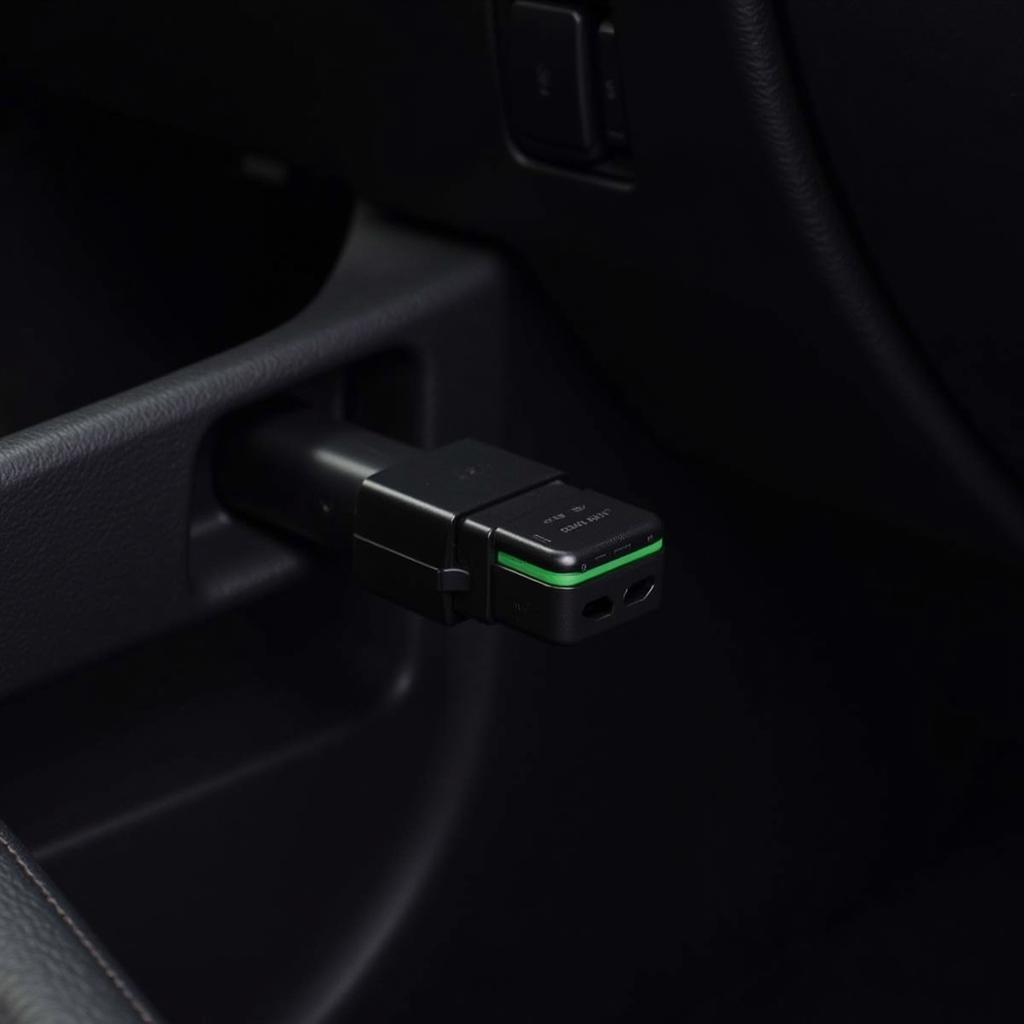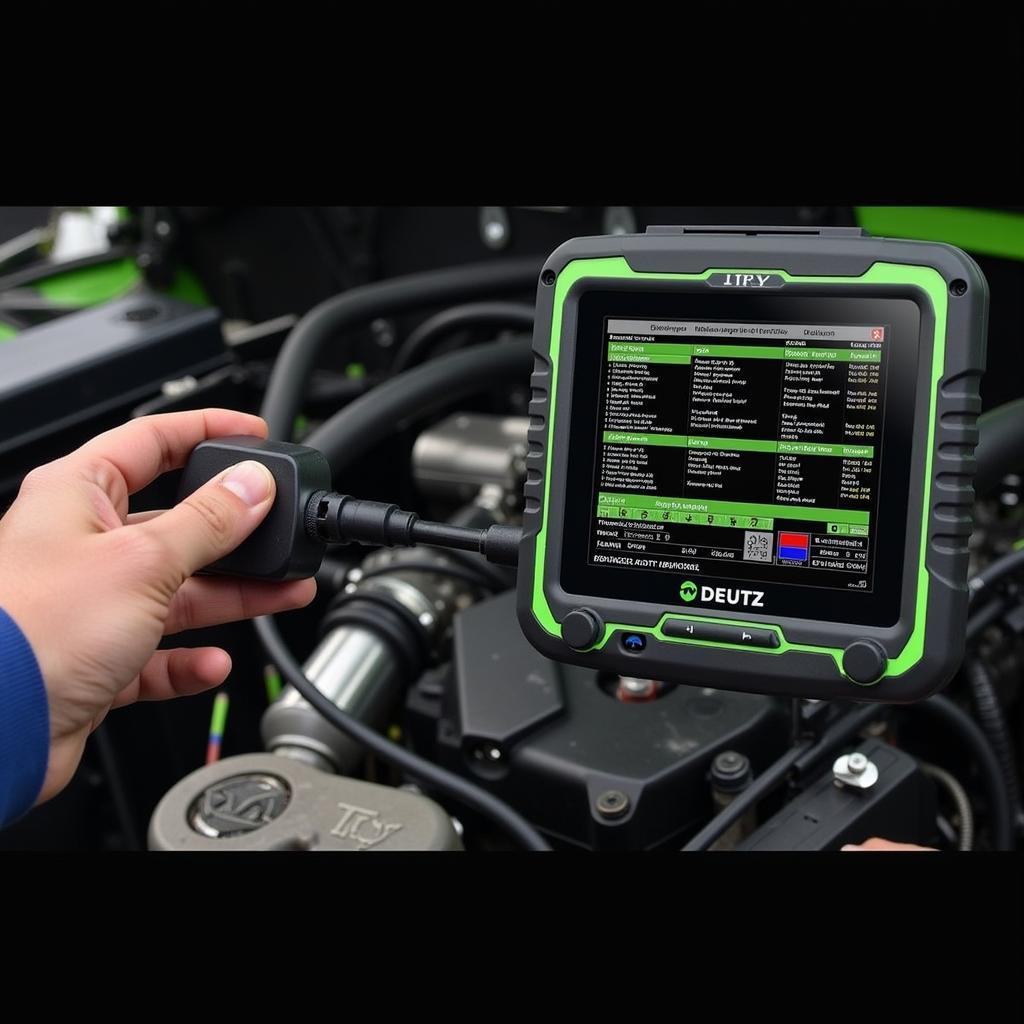The modern car is a technological marvel, a complex symphony of electronics and software. Gone are the days of simple mechanical fixes; today’s vehicles demand a digital approach to diagnostics. Enter WiFi diagnostic tools paired with the versatility of Linux, a powerful combination that puts professional-grade automotive analysis in the hands of DIY enthusiasts and seasoned mechanics alike. This article delves into the world of WiFi diagnostic tools on Linux, providing a comprehensive guide to understanding, selecting, and utilizing these tools for efficient and accurate car troubleshooting.
Why Choose WiFi Diagnostic Tools for Your Automotive Arsenal?
Traditional wired OBD2 scanners, while reliable, can be restrictive. WiFi diagnostic tools liberate your diagnostics process by offering:
- Wireless Freedom: Move freely around the vehicle while accessing live data, making it easier to diagnose complex issues that require multiple readings or physical inspections.
- Enhanced Data Visualization: Many WiFi tools interface seamlessly with smartphones, tablets, or laptops, providing rich graphical representations of sensor data, making it easier to spot trends and anomalies.
- Cost-Effectiveness: While high-end professional scanners come with a hefty price tag, WiFi diagnostic tools offer a more affordable alternative, especially when paired with the open-source power of Linux.
Unleashing the Power of Linux for Car Diagnostics
Linux, renowned for its flexibility and robust community support, presents an ideal platform for automotive diagnostics. Here’s why:
- Open-Source Advantage: Linux’s open-source nature translates to a plethora of free, regularly updated diagnostic software options, eliminating costly subscriptions often associated with proprietary tools.
- Customization Options: Tailor your diagnostic setup to your needs. Choose from a variety of Linux distributions, customize the software interface, and even write your own diagnostic scripts for specialized tasks.
- Extensive Hardware Compatibility: Linux supports a wide range of WiFi adapters and OBD2 interfaces, giving you flexibility in choosing hardware that aligns with your budget and requirements.
 WiFi OBD2 adapter connected to a car's OBD2 port
WiFi OBD2 adapter connected to a car's OBD2 port
Choosing the Right WiFi Diagnostic Tool and Software
Navigating the landscape of WiFi diagnostic tools and compatible Linux software can be daunting. Here’s a breakdown to guide your selection:
1. WiFi OBD2 Adapters:
- ELM327-Based Adapters: These affordable adapters are widely compatible with various Linux software but may have limitations in accessing manufacturer-specific data.
- Enhanced Adapters: Look for adapters with more advanced chipsets, such as the STN1170 or PIC18F25K80, for faster data rates and access to a broader range of vehicle systems.
2. Linux Diagnostic Software:
- OBD Auto Doctor: A user-friendly option with support for various adapters and a clean graphical interface. It offers real-time data monitoring, fault code reading and clearing, and some advanced features like live data graphing.
- PyOBD: A Python library that provides a framework for interacting with OBD2 adapters. Ideal for users comfortable with programming, PyOBD allows for customization and scripting of diagnostic tasks.
- AutoEnginuity (with Linux compatibility layer): While not natively Linux-based, AutoEnginuity is a powerful professional-grade software that can be run on Linux using a compatibility layer like Wine. It offers extensive vehicle coverage, advanced diagnostics, and manufacturer-specific functionalities.
“When choosing a WiFi diagnostic tool, consider your specific needs and technical comfort level,” advises John Miller, Senior Automotive Electronics Engineer at ScanToolUS. “If you’re comfortable with command-line interfaces and scripting, Linux offers unparalleled flexibility. However, for users seeking a more intuitive experience, graphical software options like OBD Auto Doctor are excellent choices.”
Setting Up Your WiFi Diagnostic Tool on Linux
Once you’ve chosen your hardware and software, follow these general steps for setup:
- Install Linux: If you don’t already have Linux on your system, choose a distribution like Ubuntu or Linux Mint, known for their user-friendliness.
- Connect the Adapter: Plug the WiFi OBD2 adapter into your vehicle’s OBD2 port, usually located under the dashboard on the driver’s side.
- Configure Network: Connect your computer to the adapter’s WiFi network.
- Install Software: Download and install your chosen diagnostic software. Refer to the software’s documentation for specific installation instructions.
- Configure Software: Once installed, configure the software to communicate with your adapter. This usually involves selecting the correct communication port and setting the appropriate communication protocol (usually OBD2 or CAN).
Troubleshooting Common Issues
Encountering problems? Here are some common issues and their solutions:
- Connection Issues: Ensure your computer is connected to the adapter’s WiFi network. Double-check the adapter’s configuration and make sure the software is using the correct port and communication protocol.
- Data Not Updating: Verify that the vehicle’s ignition is turned on. If the problem persists, try a different OBD2 application or check the adapter’s compatibility with your vehicle.
- Software Errors: Consult the software’s documentation or online forums for solutions. Updating to the latest software version or reinstalling the software can often resolve such errors.
Conclusion
Embracing WiFi diagnostic tools on Linux empowers car owners and mechanics alike with an affordable, flexible, and powerful diagnostic platform. Whether you’re a DIY enthusiast or a seasoned professional, harnessing the combined potential of WiFi technology and the open-source world of Linux unlocks a new level of automotive diagnostic capability.
Need expert guidance or the right tools to get started? Contact ScanToolUS at +1 (641) 206-8880 or visit our office at 1615 S Laramie Ave, Cicero, IL 60804, USA. We’re here to help!

